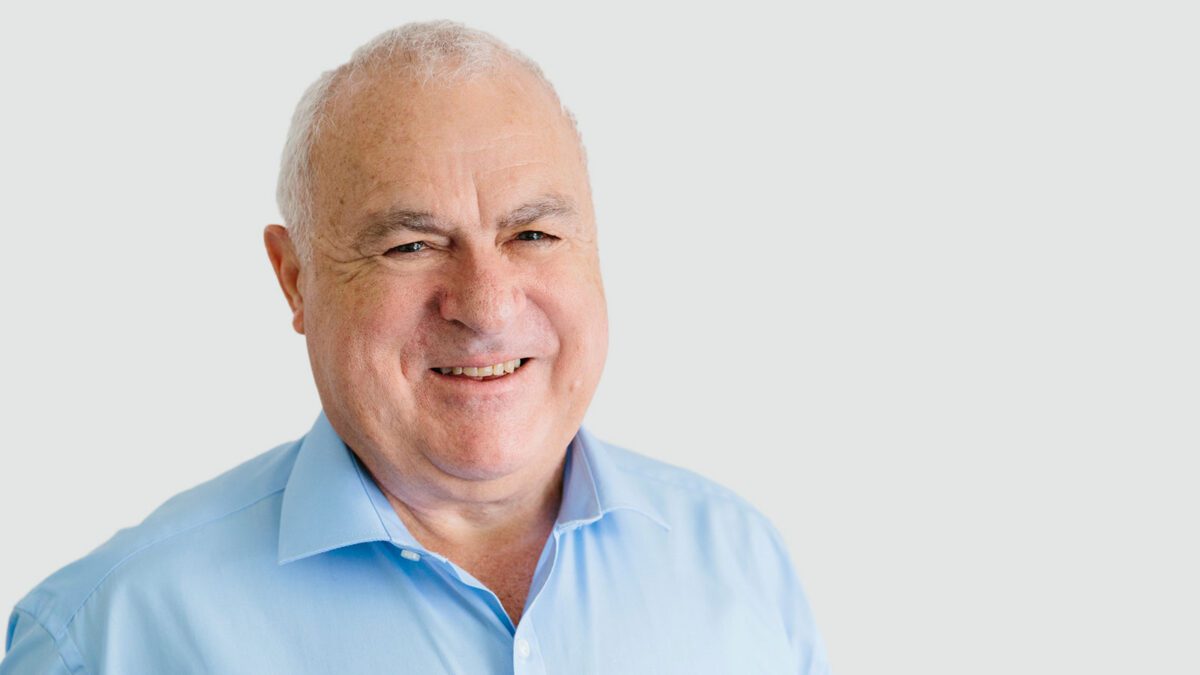Transferring a UK pension to Australia is no walk in the park
Advisers often talk about solving pain points for their clients, and Sara Lucas, senior wealth manager at deVere Australia, certainly knows first-hand what it can entail having gone through the process of moving a British pension to Australia.
Now, as a Sydney-based specialist in retirement planning, superannuation and investment strategies, much of Lucas’s practice involves helping clients transfer their UK pensions to Australia.
Lucas had worked since 1987 in either the distribution area or the advice space for businesses such as Macquarie Group and Rothschild, BT Financial Group and Aon, where she first carved out a niche advising the widows of former defined benefit scheme members on how to rebuild their financial lives. She came to Australia – via three years in Hong Kong with TTG, leading the Asian advisory team – in 1998, started a family and stayed.
“In 2016, I was looking at my own UK pension, and I realised that UK defined benefit schemes were getting absurdly high valuations. I decided to transfer my own. And one thing led to another, and I ended up working at the firm that helped me with my own transfer. Since joining deVere Australia in February 2017, I’ve worked with hundreds of clients who wanted to transfer their British pensions.”
The simple reason why Lucas has a practice – and a busy one – is that the area is a minefield.
To begin with, not all British pensions can be transferred, including the state pension, annuities (in most cases) and unfunded public sector pensions. Private, or company pensions, and personal pensions, usually can be. “It’s important to make the distinction between British state pensions, which are basically the government pension, and private or company pensions,” says Lucas. Now it’s not possible to transfer a UK state pension, although eligible holders continue to receive fixed, unindexed payments.
“In Australia, we have a three-pillar system – the age pension, compulsory superannuation and individual contributions. In the UK, there’s only a two-pillar system – state pension or private or company pensions that are defined benefit pension plans. Most of these have closed and are being phased out, so they really are the ‘golden ticket’ if you are lucky enough to be a member of one.”
The UK state pension is funded by a person’s National Insurance (NI) contributions that is like the Medicare levy. “If you’ve paid at least 10 years of NI contributions, you are entitled to some form of pension once you reach 66. [It’s scheduled to rise to 67 by 2028].
“So, you have a lot of boomers and a smaller proportion of Gen X who were fortunate enough to be members of corporate defined benefit schemes. Those people are what I have built my practice on, because first they needed me to provide the written advice required by the UK and Australian regulators to get their money out of the UK, and now, down the track, they need to integrate their super and retirement strategy advice. It all fits together nicely because I understand both regimes intimately,” she says.
Anyone aged under 55 cannot move a pension out of the UK unless they meet special exceptions. But if they are over 55, are pre-retirement and want to transfer their pension to Australia, they can do so.
At this junction, the tax-advantaged nature of Australia’s superannuation system comes into play. “If you’re over 55, you can take your pension straight out of the UK and have it paid into your own bank account, but then you will pay tax on that in Australia at your marginal rate. No one wants to do that, so it goes into the Australian super system,” says Lucas.
That, effectively, requires commitment to staying in Australia. “The Australian super system is a lobster pot; once you bring your money in here, it’s very difficult to get it back out if you leave again, unless you completely retire and withdraw it. By far, most of my clients have decided to stay in Australia permanently, so essentially, they want to get as much money out of the UK as possible and into the Australian super system,” she adds.
A UK pension holder can transfer it to Australia using a ‘qualifying recognised overseas pension scheme’, known as QROPS, if it complies with regulations in both countries. “Under UK rules, if someone is transferring tax-advantaged British pension money, it must be received in a scheme that HM Revenue & Customs (HMRC, the UK Tax Office) in the UK can still see,” says Lucas.
At present, there is only one retail fund that HMRC accepts as a QROPS, the Australian Expatriate Superannuation Fund (AESF). But its members must also be at least 55 and have a minimum of $100,000 to transfer. Otherwise, you must set up an SMSF, register it with HMRC, get recognition, and then every year submit tax accounts and audits to HMRC as well as the ATO.
Lucas says a common mistake British pension recipients make once they start the process of transferring their pension is to be unaware that from the date that the pension scheme calculates the present value of a future pension, and issues a statement of the cash-equivalent transfer value, they have exactly three months to complete all of the required advice, paperwork and compliance, and lodge all of that back with their UK scheme.
Because these are defined benefit pensions, while the payout value is guaranteed for three months, that value could go up or down over that time, and the sterling/Australian dollar exchange rate can fluctuate. “If you don’t get it all the paperwork done in that three months, you must have it all recalculated, and you must get all the regulated advice and paperwork done again,” she concludes.










